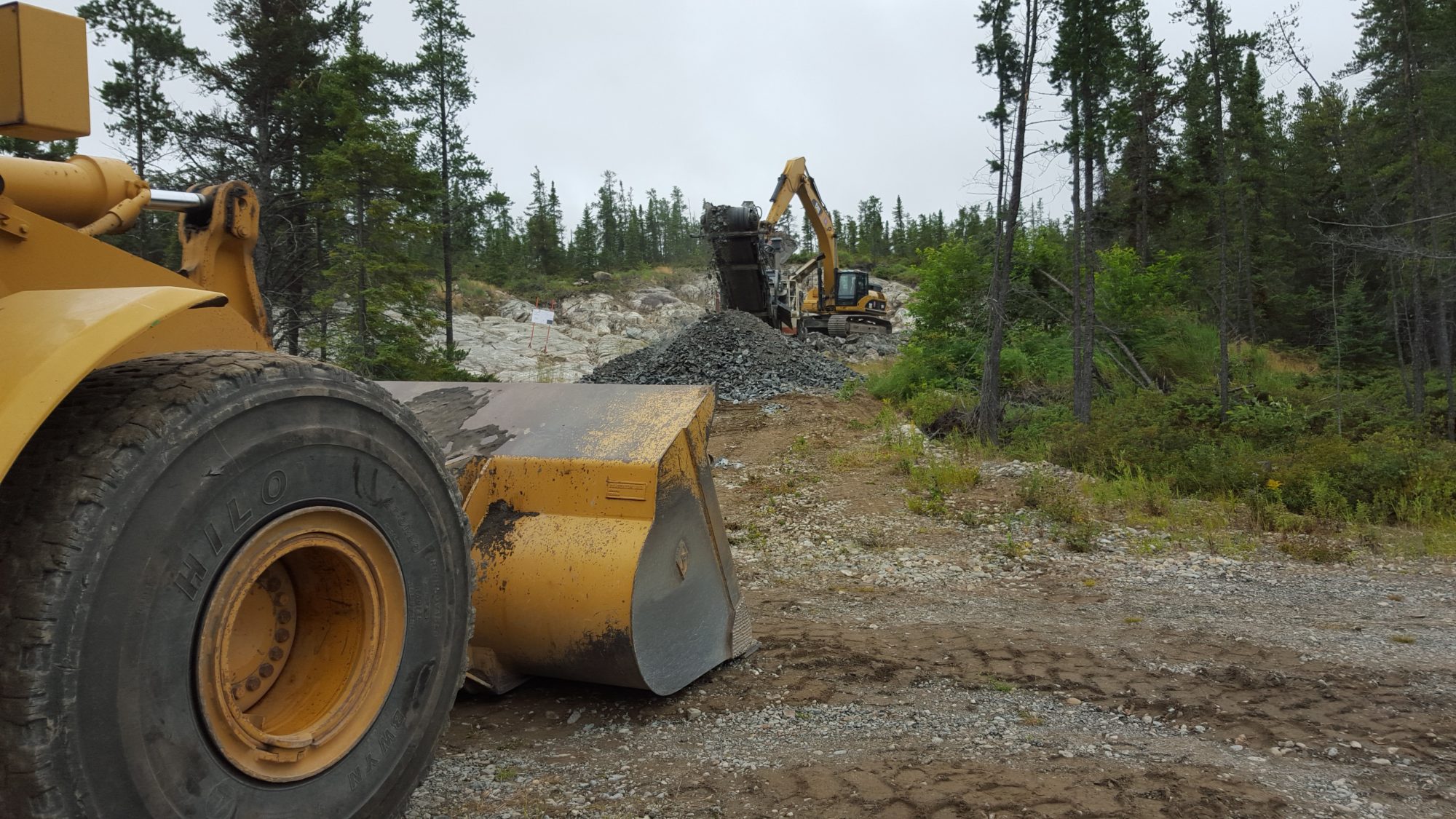The latest feasibility study on RNC Minerals’ jointly-owned Dumont nickel-cobalt asset in Quebec, Canada, has identified the potential for both electrification and automation of the open-pit haulage fleet at the project.
The DFS, completed by Ausenco, showed that initial nickel production at Dumont could come in at 33,000 t/y, before ramping up to 50,000 t/y in a phase two expansion. This would result in some 1.2 Mt of nickel in concentrate output over the 30-year life, with an initial capital expenditure estimate of $1 billion.
This initial investment would be paid back with a $920 million after-tax net present value (NPV, 8% discount) and 15.4% post-tax internal rate of return, factoring in a nickel price of $7.75/Ib (>$17,000/t) and a US$/C$ exchange rate of 0.75, the company said.
Dumont, as envisaged in the DFS, would use conventional drilling and blasting, with loading by a combination of hydraulic excavators and electric rope shovels into trucks ranging in size from 45 t to 290 t. The process plant will be constructed in two phases. Phase one will have an initial average throughput of 52,500 t/d using a single SAG mill and two ball mills for grinding, desliming using cyclones, conventional flotation and magnetic separation, to produce a nickel concentrate also containing cobalt and PGEs. Phase two throughput will be doubled to 105,000 t/d in year seven by mirroring the first line.
Around 42 Mt of overburden will be pre-stripped prior to start-up of operations. The life-of-mine plan excavates 2,100 Mt of material, including 1,000 Mt of ore, over an open-pit life of 24 years. After open-pit operations cease in year 24, 398 Mt of stockpiled ore will remain to support continued production through year 30.
One of the noticeable changes to the previous feasibility study from 2013 was the electrification of the fleet in the mine plan.
The company, which jointly owns Dumont with Arpent Inc, currently plans to increase the electrification of Dumont by incorporating trolley assist on the planned main ramps. RNC said this will reduce cycle times, and reduce diesel consumption by over 35% (approximate reduction of 450 million litres over the life of mine), which, in turn, will cut greenhouse gas emissions by 1.2 Mt of CO2 equivalent, the company said.
And, among three “additional upside opportunities” listed in the DFS highlights was the use of haulage automation, which could potentially improve the NPV by some $75-115 million, the company estimated.
RNC said: “As autonomous equipment has been employed in open pits for over a decade and the global fleet currently approximates a combined 400 units of haul trucks and blasthole drills, automation is rapidly becoming proven technology.”
As a result, the company engaged an industry expert, Peck Tech Consulting, to assess the suitability of Dumont for automation.
“Based on Peck Tech’s prefeasibility-level assessment, the implementation of an Autonomous Haulage System could reduce the peak truck fleet by 20% and reduce site-wide all-in sustaining costs by over 3%,” RNC said.
“Further potential could be achieved with an Autonomous Drilling System (ADS),” the company added, saying it is continuing discussions with various mining equipment suppliers to understand the impacts and benefits in greater detail.











